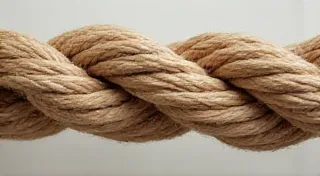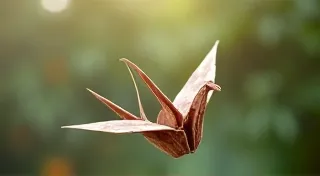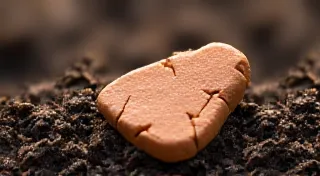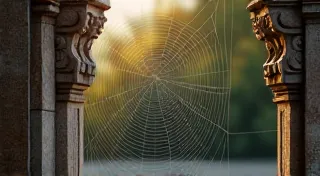Winter's Requiem: A Juniper's Resilience in Frost's Embrace
There's a certain melancholy beauty to winter. A quiet surrender, a stark honesty revealed beneath layers of dormancy. It’s a sentiment I often find myself reflecting on as I tend to my Juniper bonsai, particularly those older specimens. They seem to understand a language of resilience that transcends mere survival; it's a quiet triumph of spirit.
My appreciation for this quiet strength isn’t solely derived from years spent cultivating these miniature landscapes. It's intertwined with another passion: antique accordions. My grandfather, a taciturn man of few words, played one. Not skillfully, mind you, but with a fervent, heartfelt joy. The bellows would sigh, the reeds would protest, but the music – a fragmented waltz, a yearning folk tune – filled our small house with a warmth that defied the harsh New England winters. Those accordions, much like my Junipers, have weathered decades – sometimes centuries – of neglect, of changing tastes, of outright abandonment. They carry the echoes of countless melodies, the ghosts of past celebrations, the lingering scent of forgotten lives. Each dent, each scratch, each replaced reed tells a story of endurance.
And that’s what I see in a Juniper bonsai facing winter's embrace. It's not simply a plant enduring cold temperatures; it’s a testament to the power of adaptation, a living embodiment of resilience honed over countless generations.
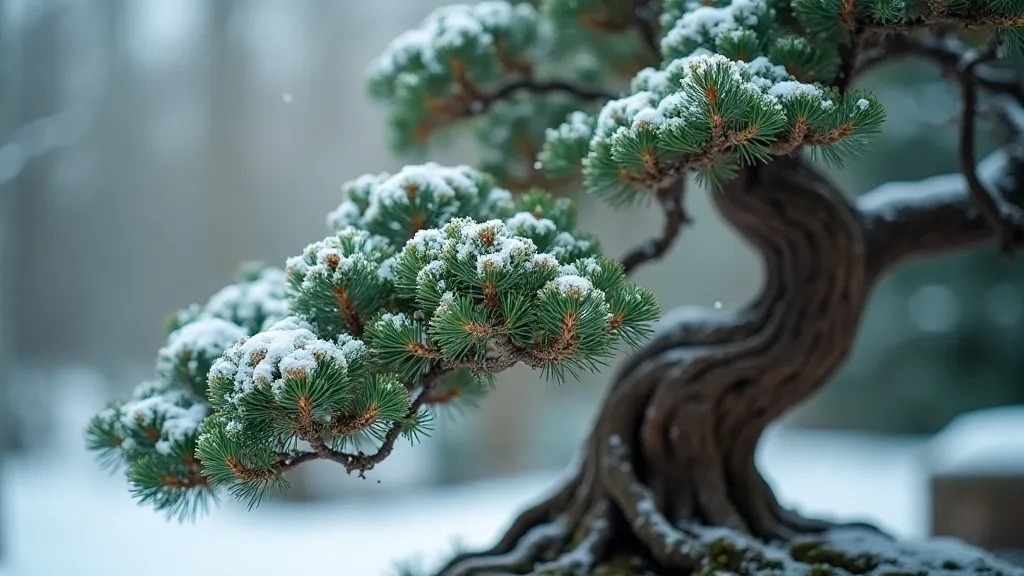
The Physiological Impact: Entering Dormancy
Understanding how winter affects a Juniper bonsai begins with recognizing the process of dormancy. Unlike some broadleaf evergreens, Junipers are technically “marcescent,” meaning they retain their foliage throughout the year. However, their metabolic activity significantly slows down during the colder months. Photosynthesis almost ceases, and growth temporarily halts. This isn's a state of death; it’s a strategic retreat, a conservation of resources to weather the harshest conditions.
The intensity of this dormancy is influenced by several factors: species (some Junipers are more cold-hardy than others – Juniperus squamata is noticeably more sensitive than Juniperus procumbens ‘Nana’), age, and overall health. A weaker tree, stressed by poor soil or inadequate light, will be more vulnerable to winter damage. Conversely, a well-established, vigorous Juniper will handle the cold far more gracefully.
Juniper Bonsai Pruning: Timing and Considerations
The timing of winter pruning for Juniper bonsai is a subject often debated amongst growers. Traditionally, winter pruning – particularly heavy pruning – was avoided. The reasoning was that removing foliage during a time when the tree is already conserving energy could further weaken it. While this isn’t entirely incorrect, modern understanding recognizes that limited, strategic pruning can be beneficial.
What kind of pruning are we talking about? The focus should be on removing dead or diseased branches, and lightly shaping the tree to direct future growth. Avoid making drastic cuts. Clean cuts heal faster, reducing the risk of infection. Sterilizing your tools is paramount, especially during the colder months when the tree's natural defenses are weakened. A sharp, clean cut promotes quicker callus formation – the tree’s natural wound dressing.
Juniper Bonsai Wiring Techniques: Winter's Limitations
Wiring is an essential tool for shaping Juniper bonsai, but winter imposes significant limitations. Wiring a tree when it's dormant risks damaging the branches, which are more brittle and prone to snapping in the cold. The inherent flexibility of a healthy, actively growing branch is diminished. If a wire is too tight, it can easily bite into the bark, causing lasting damage. Furthermore, the tree's ability to heal from such injuries is severely impaired.
If wiring is absolutely necessary during winter, use the softest possible wire and check it frequently. Loosen the wire as soon as possible – even a few weeks can be too long in colder climates. A watchful eye is your best defense against accidental damage.
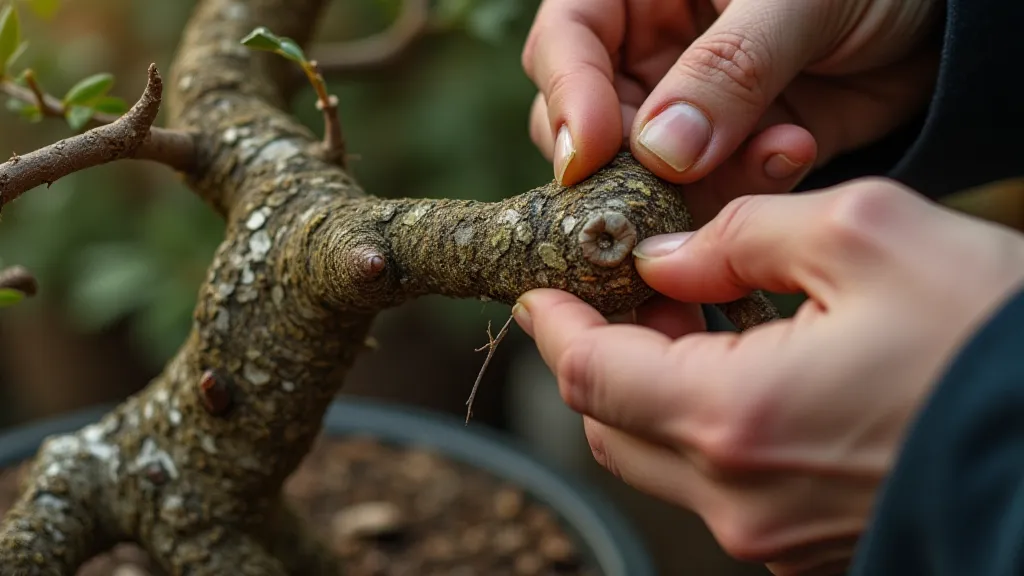
Repotting: A Winter Anathema
Repotting a Juniper bonsai in winter is, for all intents and purposes, best avoided. It's an incredibly stressful event for any tree, and the added burden of winter conditions is simply too much to bear. The disruption of the root system makes the tree more susceptible to frost damage and disease. The tree’s energy is best directed towards surviving the cold, not regrowing damaged roots.
If a repot is unavoidable (e.g., a severely root-bound tree), postpone it until early spring, once the threat of hard frost has passed and the tree shows signs of emerging from dormancy. Provide ample protection during the transition.
Winter Protection for Juniper Bonsai: Degrees of Care
The level of winter protection required for your Juniper bonsai depends on its hardiness and your local climate. A sheltered location, away from harsh winds and direct sunlight, is always beneficial. For more tender species, or those grown in containers, extra precautions are necessary. Burying the container in the ground, or placing it in an unheated garage or shed, can provide significant insulation. A layer of mulch around the base of the tree can also help protect the roots.
A simple, yet effective, technique is to create a "tent" of burlap or horticultural fleece to shield the tree from wind and snow. Remember that even seemingly small fluctuations in temperature can impact the tree’s health.
Bonsai Juniper Diseases: Vigilance in the Cold
Winter can exacerbate existing disease problems and create an environment conducive to new infections. Fungal diseases, in particular, thrive in damp, cool conditions. Good air circulation is key to preventing these problems. Avoid overcrowding your bonsai and ensure adequate drainage in the soil.
Red spider mite infestations (Tetranychus urticae) can also be a winter problem, particularly in heated environments. These tiny pests thrive in dry conditions and can quickly weaken a tree. Regular inspection and prompt treatment with miticides are essential. A preventative application of horticultural oil can also be beneficial.
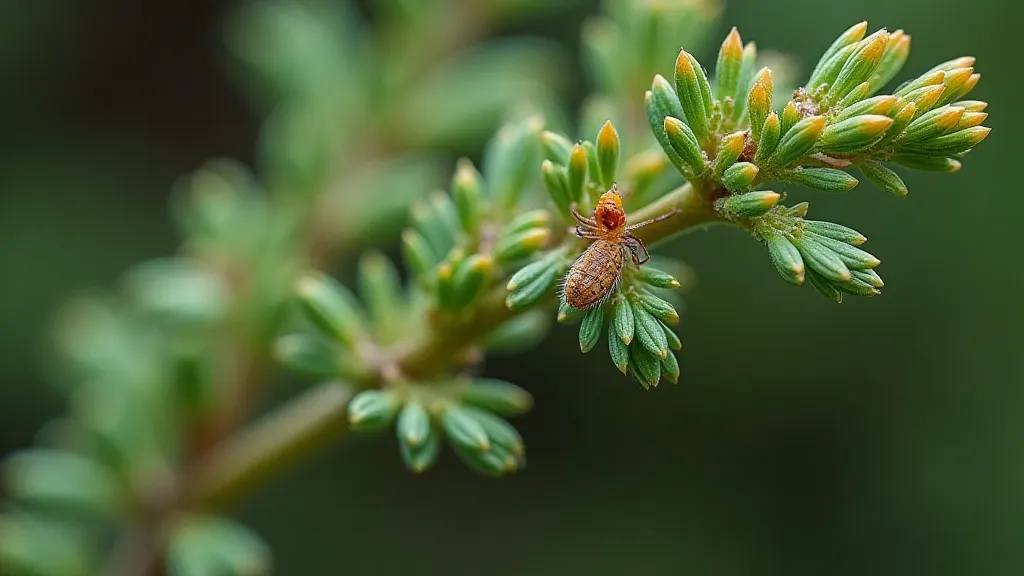
Celebrating Resilience: A Juniper’s Quiet Triumph
Observing a Juniper bonsai weather winter is more than just a horticultural exercise; it’s a lesson in resilience, a quiet celebration of life's ability to endure. Just like my grandfather's antique accordion, bearing the marks of time and use, a Juniper bonsai displays a quiet dignity, a steadfast spirit that inspires awe and respect. It’s a reminder that even in the face of adversity, beauty and strength can prevail. And that, perhaps, is the most valuable lesson of all. The quiet triumph of a Juniper’s resilience is a requiem, yes, but it's a requiem not of loss, but of enduring strength.
